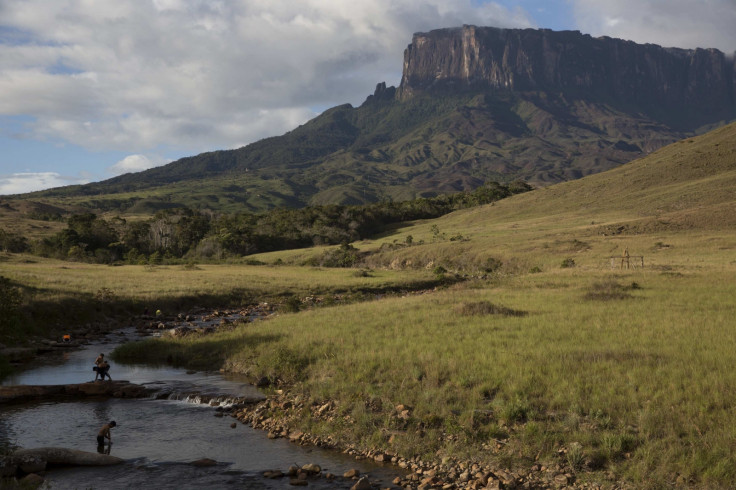Global warming: Semi-arid zones play crucial role in controlling carbon levels

Semi-arid landscapes like savannahs and shrublands play a major role in trapping carbon and could accelerate or slow down climate change, says a new international study.
The study calls for a heightened effort to manage and protect the semi-arid regions of the world, most of which falls in some of the poorer nations.
Researchers led by Anders Ahlström from Lund University and Stanford University, show that semi-arid ecosystems are more dynamic than tropical rainforests, with changing conditions dictating the amount of carbon stored in them.
"Understanding the processes responsible for trends and variability of the carbon cycle, and where they occur, provides insight into the future evolution of the carbon sink in a warmer world and the vital role natural ecosystems may play in accelerating or slowing down human-induced climate change," says Anders Ahlström.
Unlike rainforests which have a fixed intake of carbon (which is high) with little room to fit in more plants, in savannahs with increasing productivity there is room to fit in more trees whose growing biomass provides a carbon sink.
Unlike the unchanging typical moist, hot weather conditions of rainforests, savannahs spring to life in wetter years, causing large fluctuations in carbon dioxide uptake between wet and dry years.
These fluctuations are large enough to affect the amount of carbon dioxide in the atmosphere, show Ahlström and colleagues.
"There has been an increase in the uptake of carbon dioxide over time, and land ecosystems have together absorbed almost one third of all carbon dioxide emissions from human activity since the 1960s. What is perhaps even more surprising is that this trend is also dominated by the semi-arid lands," Anders Ahlström says.
The role of diverse ecosystems in maintaining a climate balance was highlighted a day ago in an NTNU study showing that peat mosses containing 550 billion tonnes of carbon locked in them could play a big role in global warming.
"This study brings out clearly the importance of directing attention towards savannahs and other dry-climate ecosystems that have been largely neglected so far in climate policy discussions, and that moreover characterize the landscapes of some of the poorer countries of Earth," says Benjamin Smith, Professor of Ecosystem Science at Lund University.
Australia-based researcher Josep G Canadell, director of the Global Carbon Project, agrees that semi-arid regions will become more important as climate variability and extremes increase.
Human activity has added around 100 billion tonnes of carbon to the atmosphere between 2000 and 2010, a quarter of all the CO₂ put there by humans since 1750.
Carbon dioxide is a greenhouse gas that traps heat reflected off the earth's surface and retains it within the atmosphere.
© Copyright IBTimes 2025. All rights reserved.





















